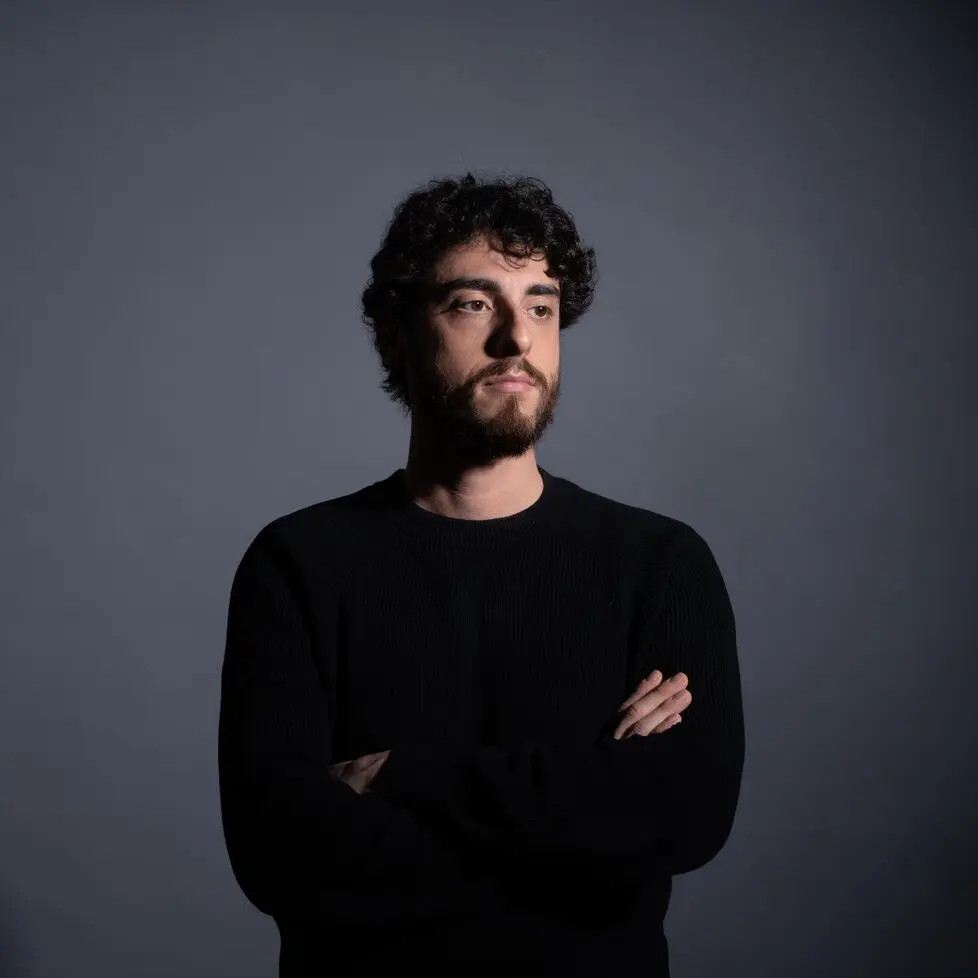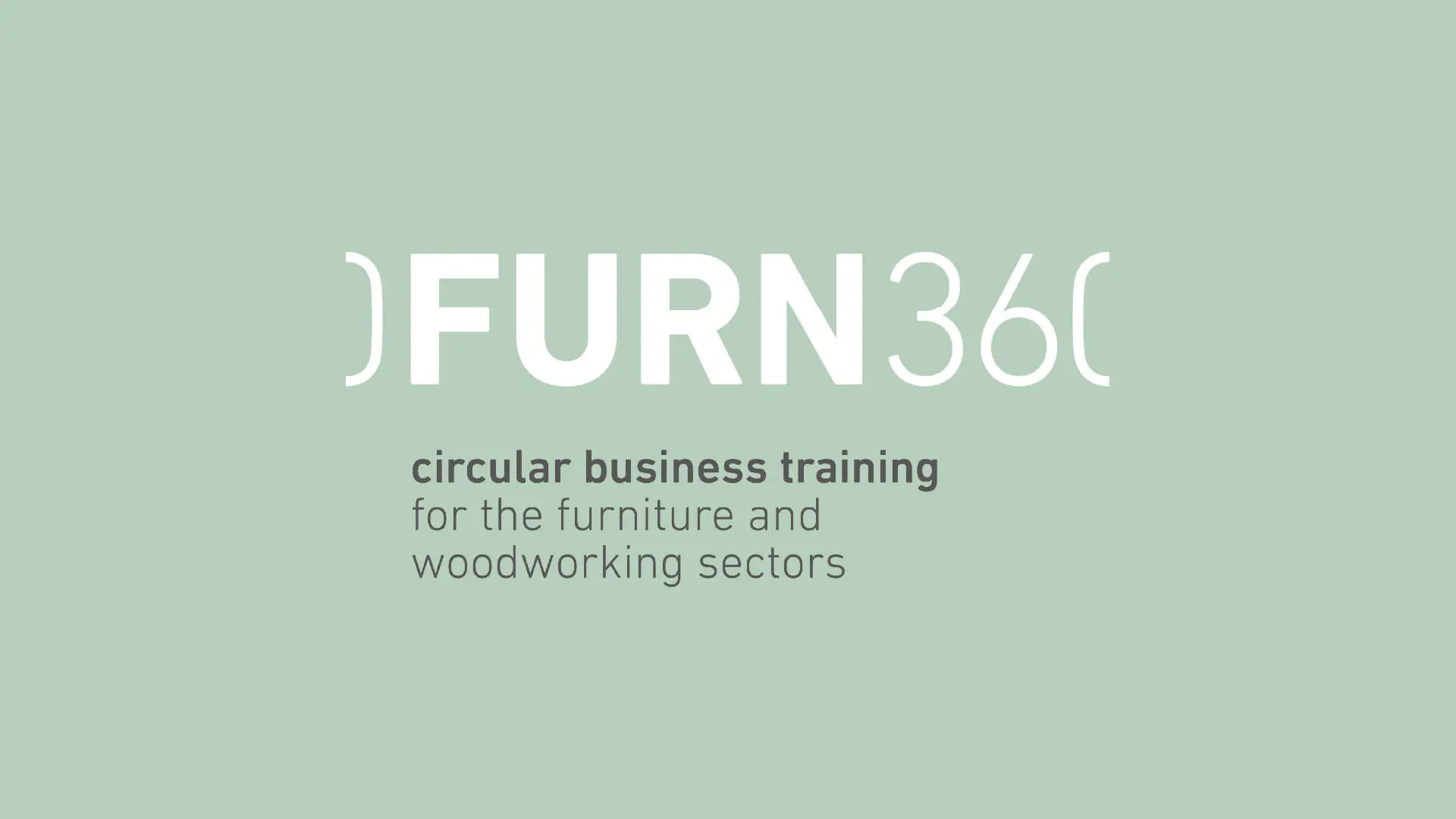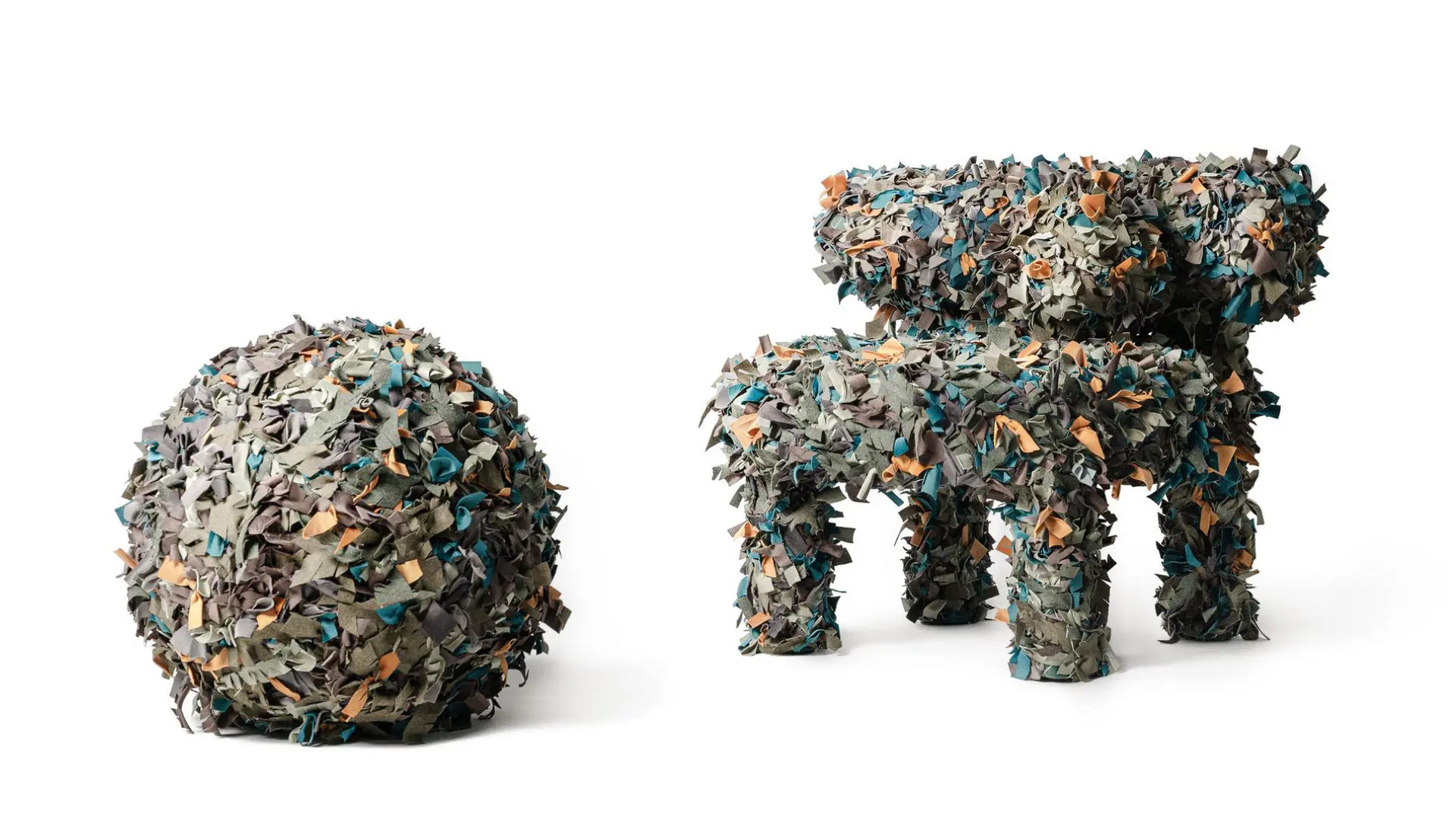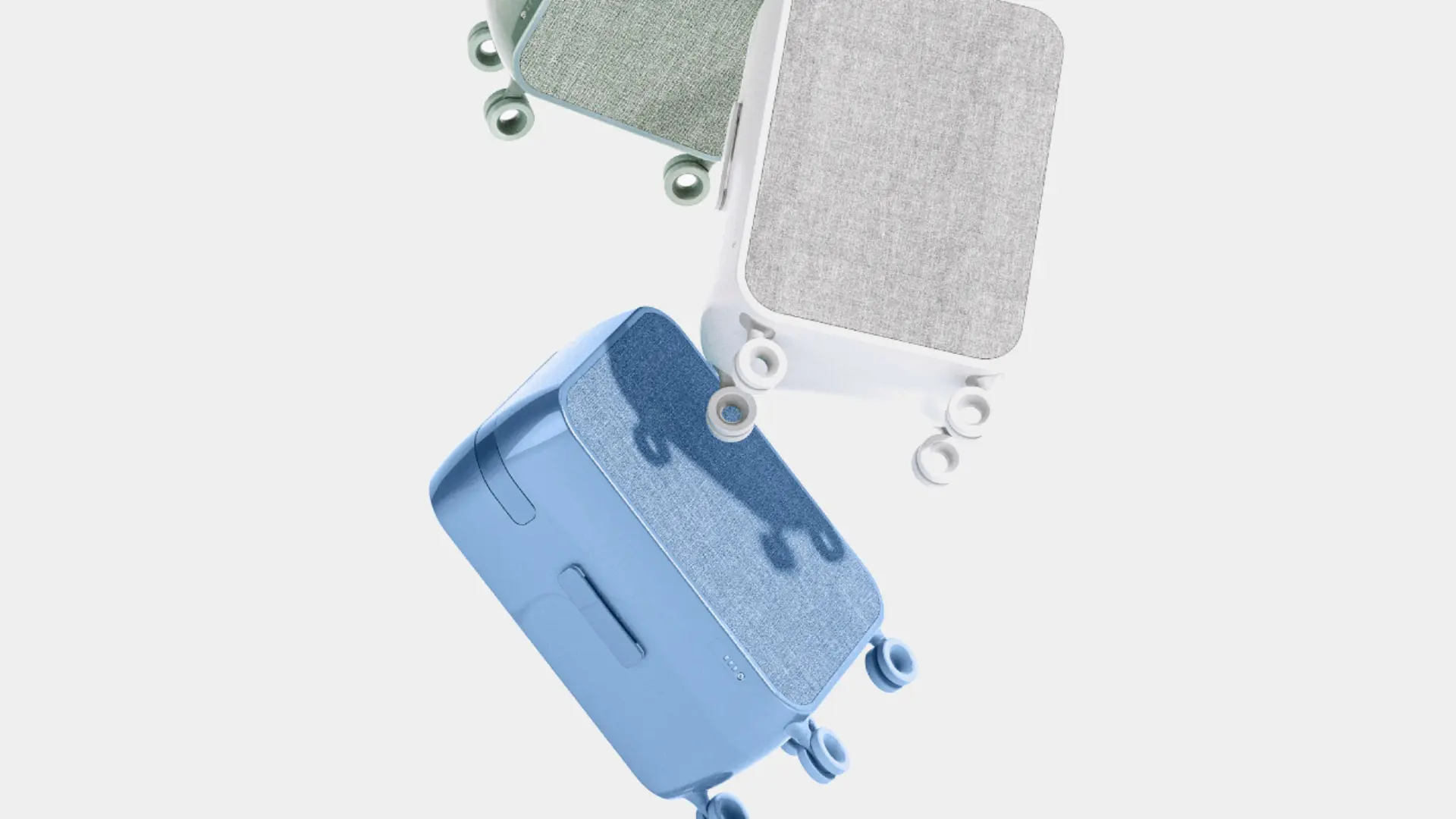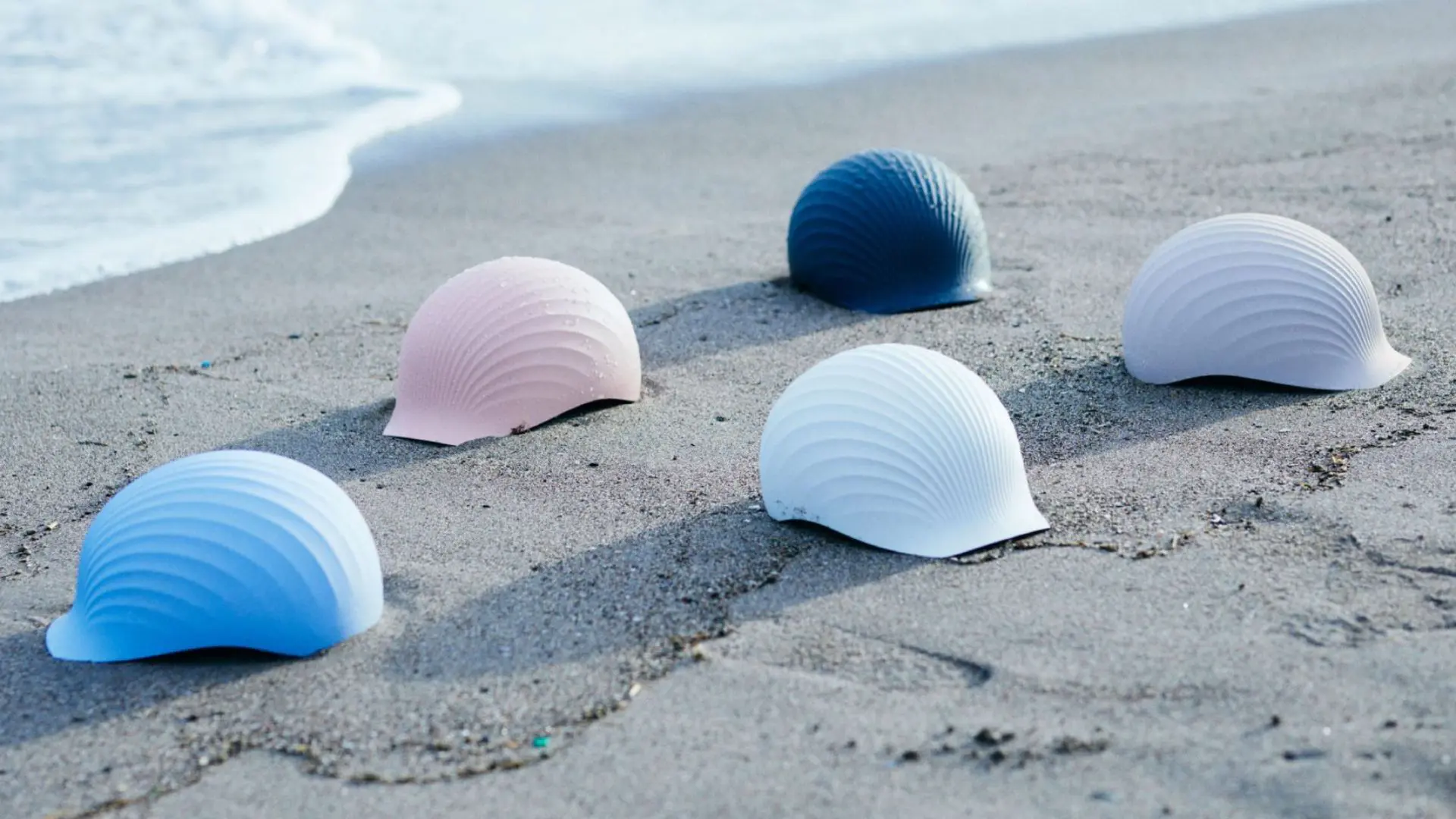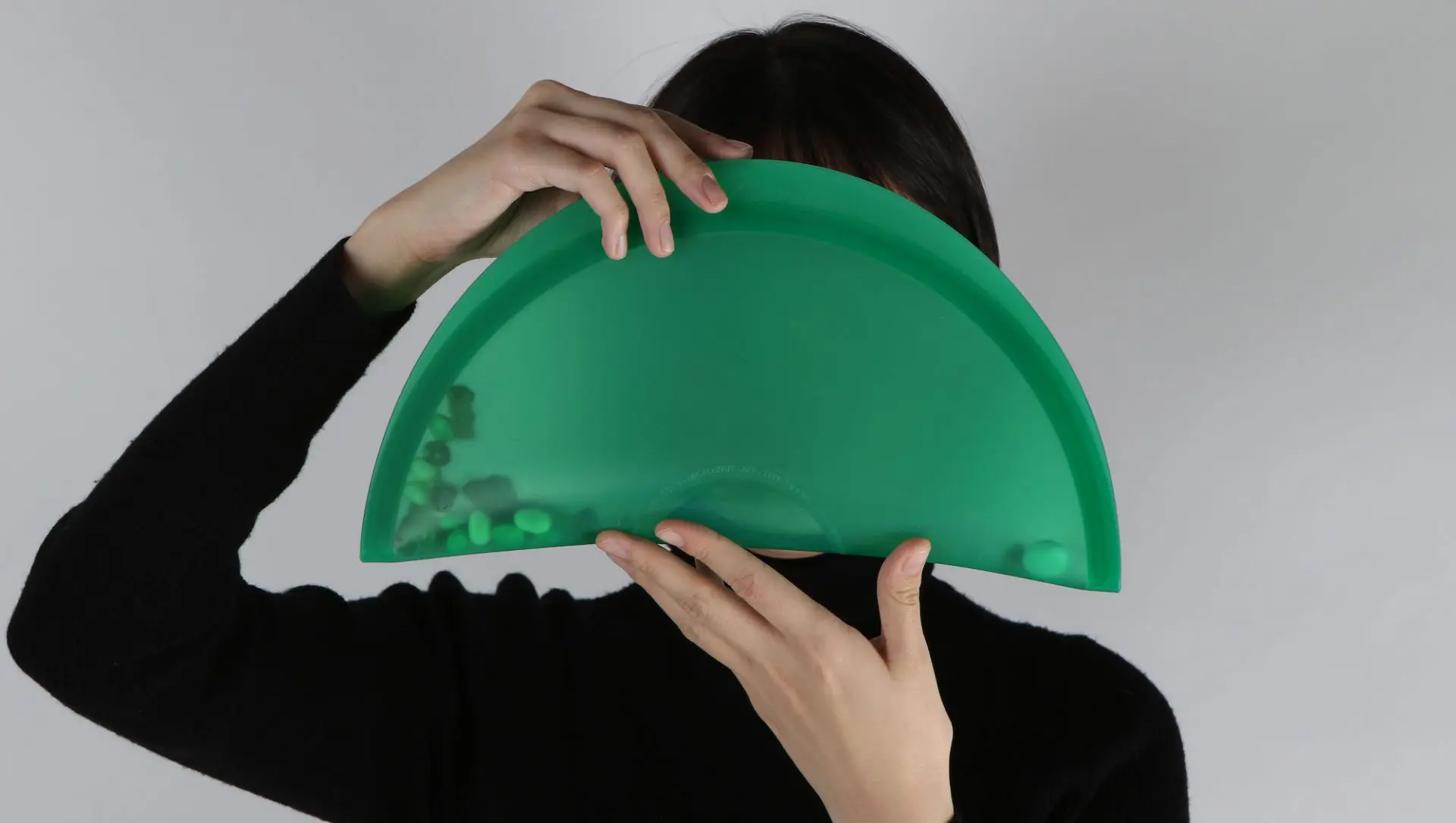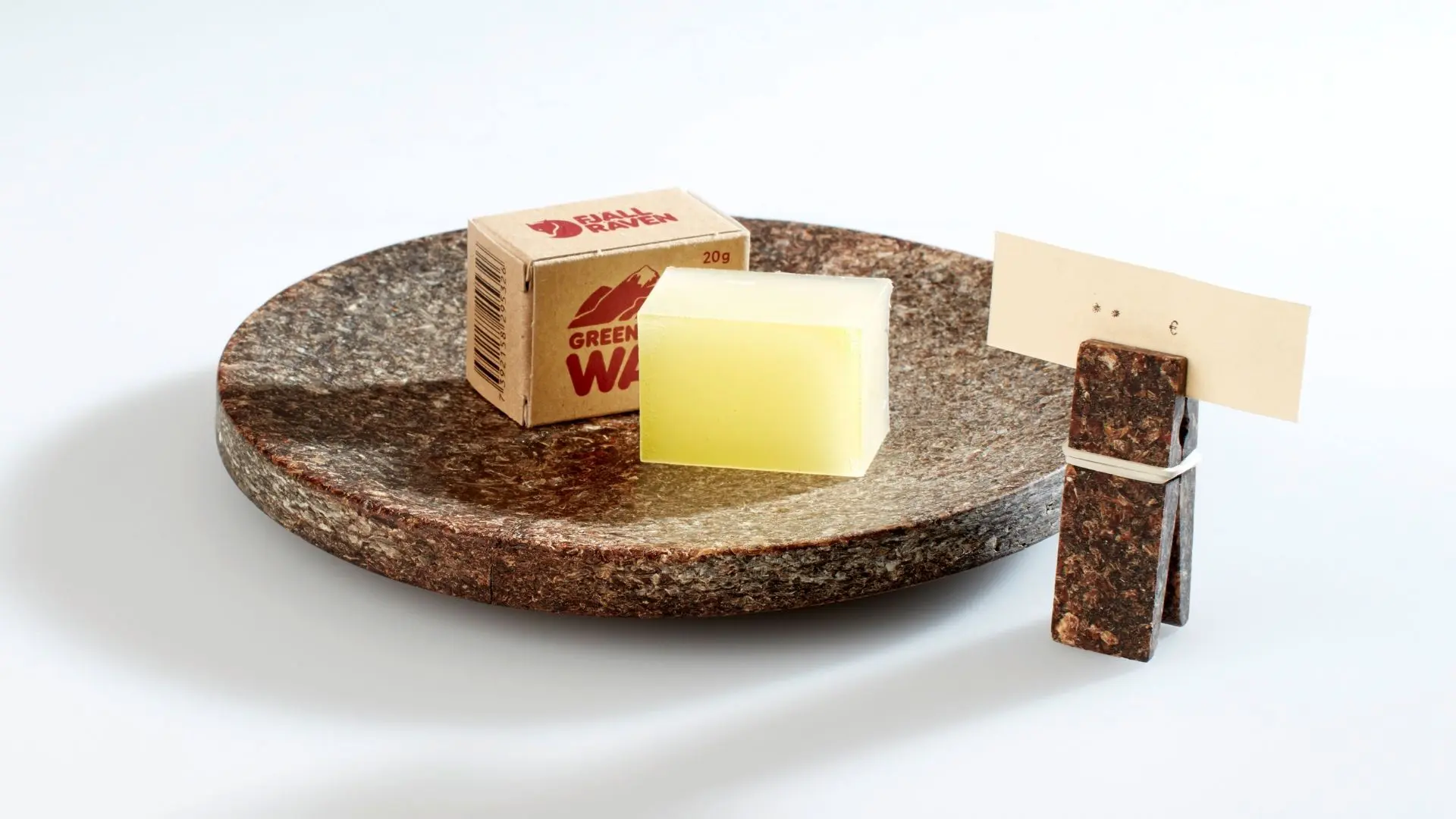An excellent example of how to effectively manage a design studio
While being in the right place at the right time is crucial, it shouldn’t hinge solely on luck. Jamie Wolfond provided us with valuable advice for aspiring design entrepreneurs
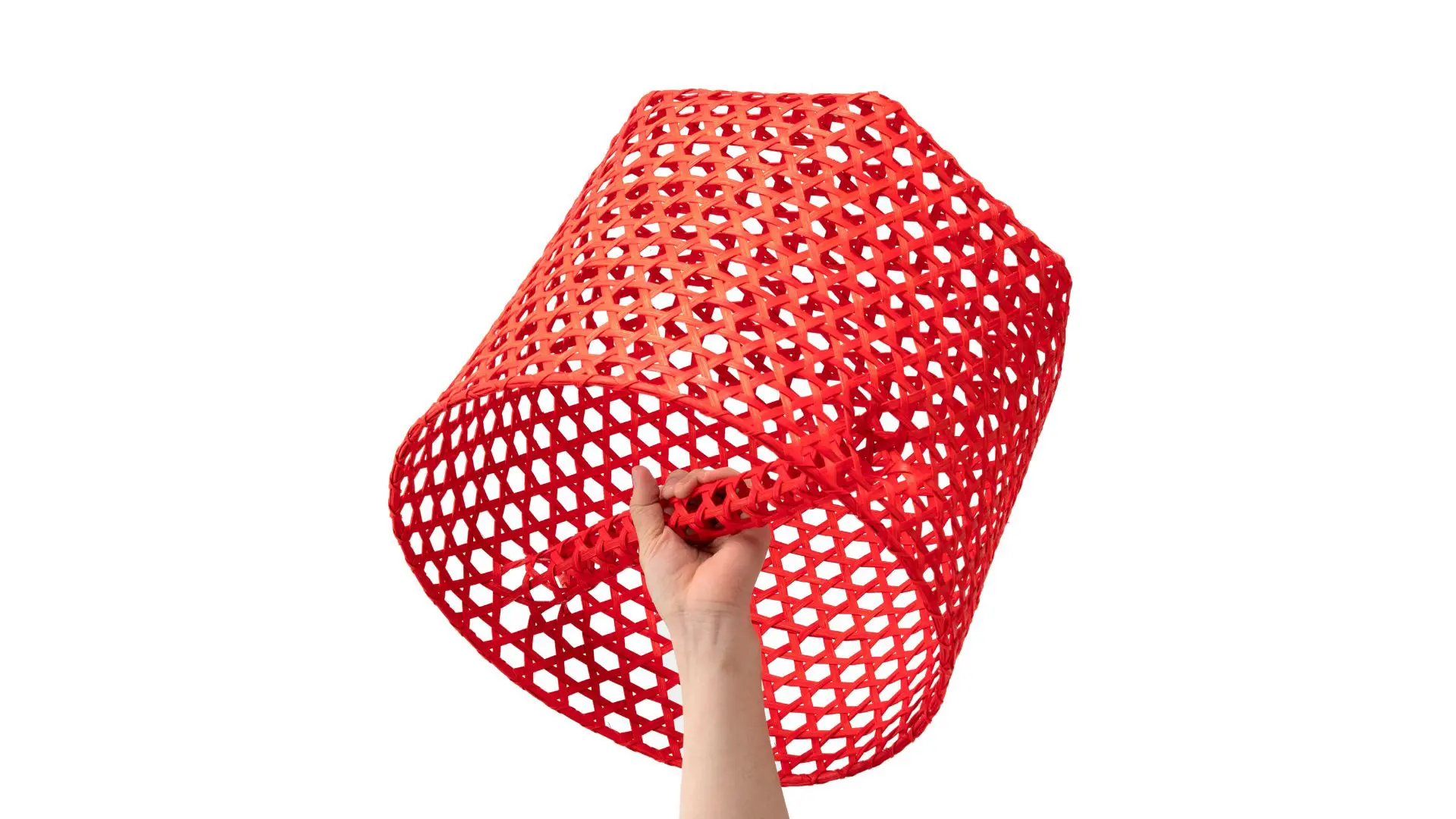
There are very few designers of my generation whom I truly admire, and Jamie Wolfond is one of them. I first discovered him while following his former company. To better understand who he is, let me briefly explain his story to provide some context.
At the age of 22, he founded a brand specializing in modern home accessories with reasonable prices and exceptional design, collaborating with talented designers. The brand was known as Good Thing. This entrepreneurial venture paved the way for collaborations with super studios like M-S-D-S and a partnership with Jasper Morrison in designing a soap (yes, a piece of soap!).
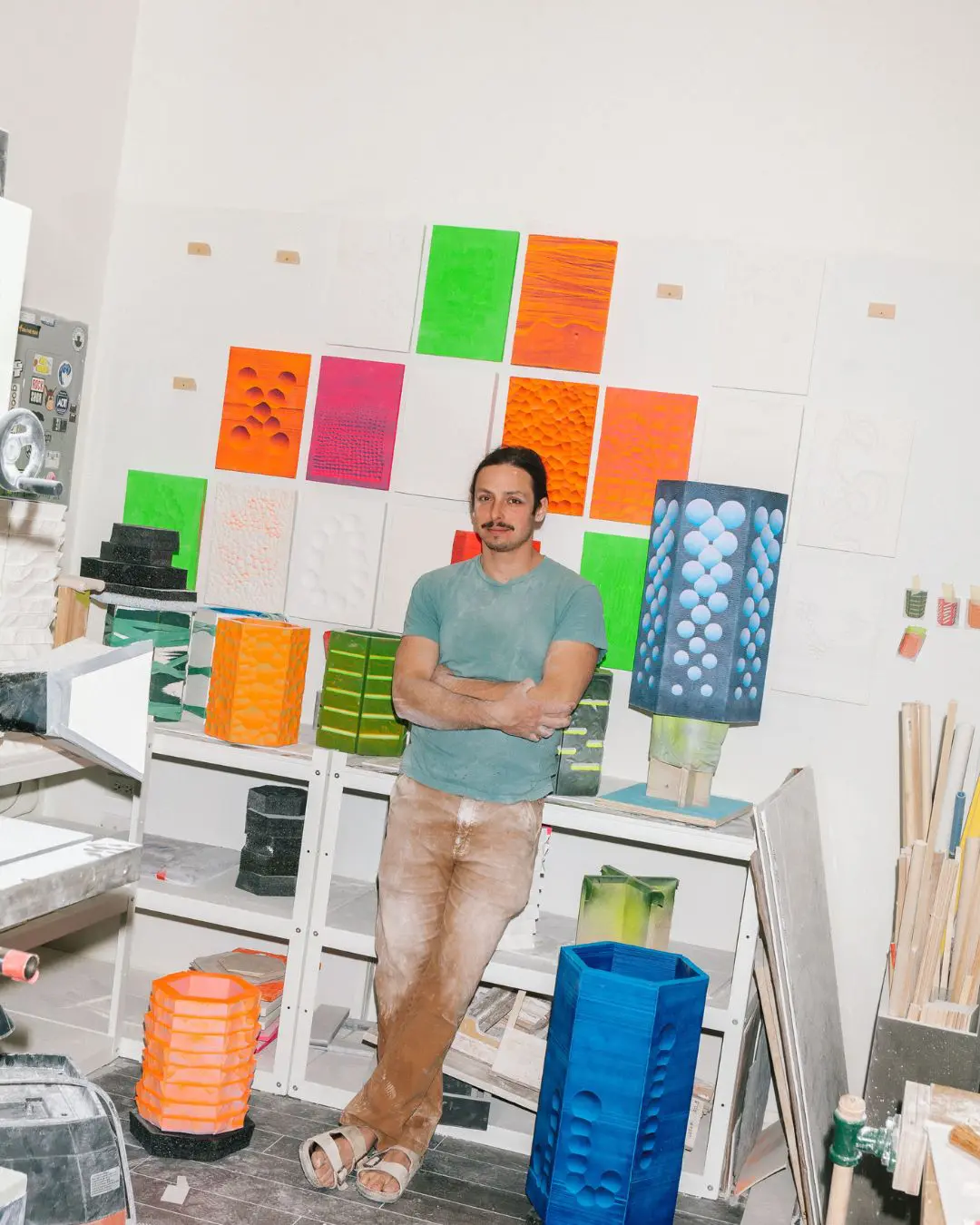
However, he later realized that this wasn’t his true calling, so he sold the company and, drawing from that experience, founded his own studio. I’ve kept up with his daily routine by following him on Instagram. His profile is incredibly engaging as it offers behind-the-scenes glimpses of what he and his team are creating. He has a very prototype-oriented approach, and you can often spot dust and chaos in his studio.
His low-fi approach has genuinely piqued my interest and led me to write this article about him. I’ve always found his persona rather mysterious. Despite being based in Canada, he seems both distant and close simultaneously. His European approach to design makes him feel like one of us (I’m currently writing from Italy).
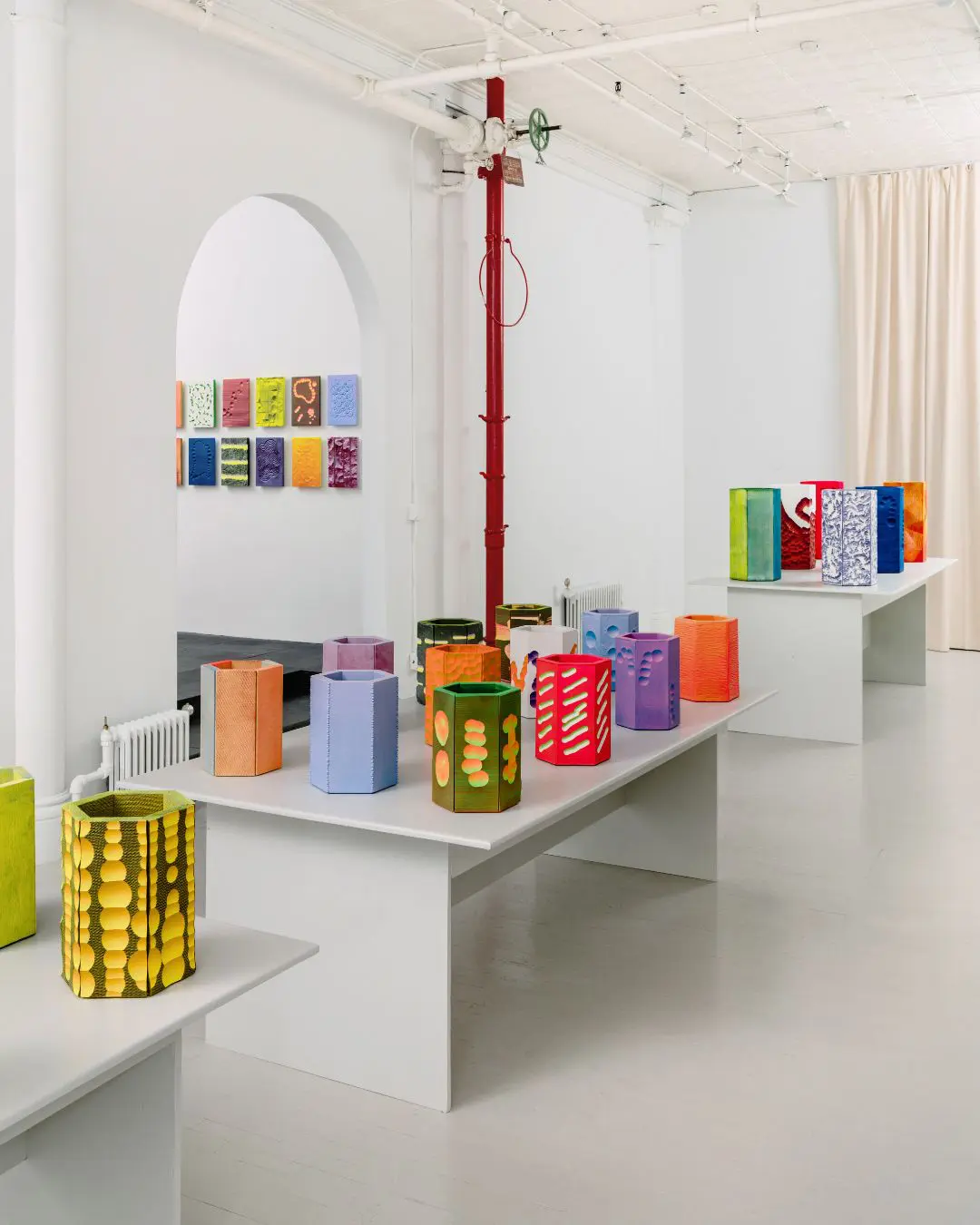
I reached out to him for a call to gain a deeper understanding of his work beyond what’s visible online. In our conversation, it became evident that he’s a highly determined individual who possesses a profound understanding of what he’s doing. He analyzes his past and current strategies in a pragmatic manner.
As a fellow designer, I’m constantly seeking answers regarding the “how” and “where” of efficiently navigating this often challenging world. In an industry that demands countless pitches each year, how can one run a design studio focused on research?
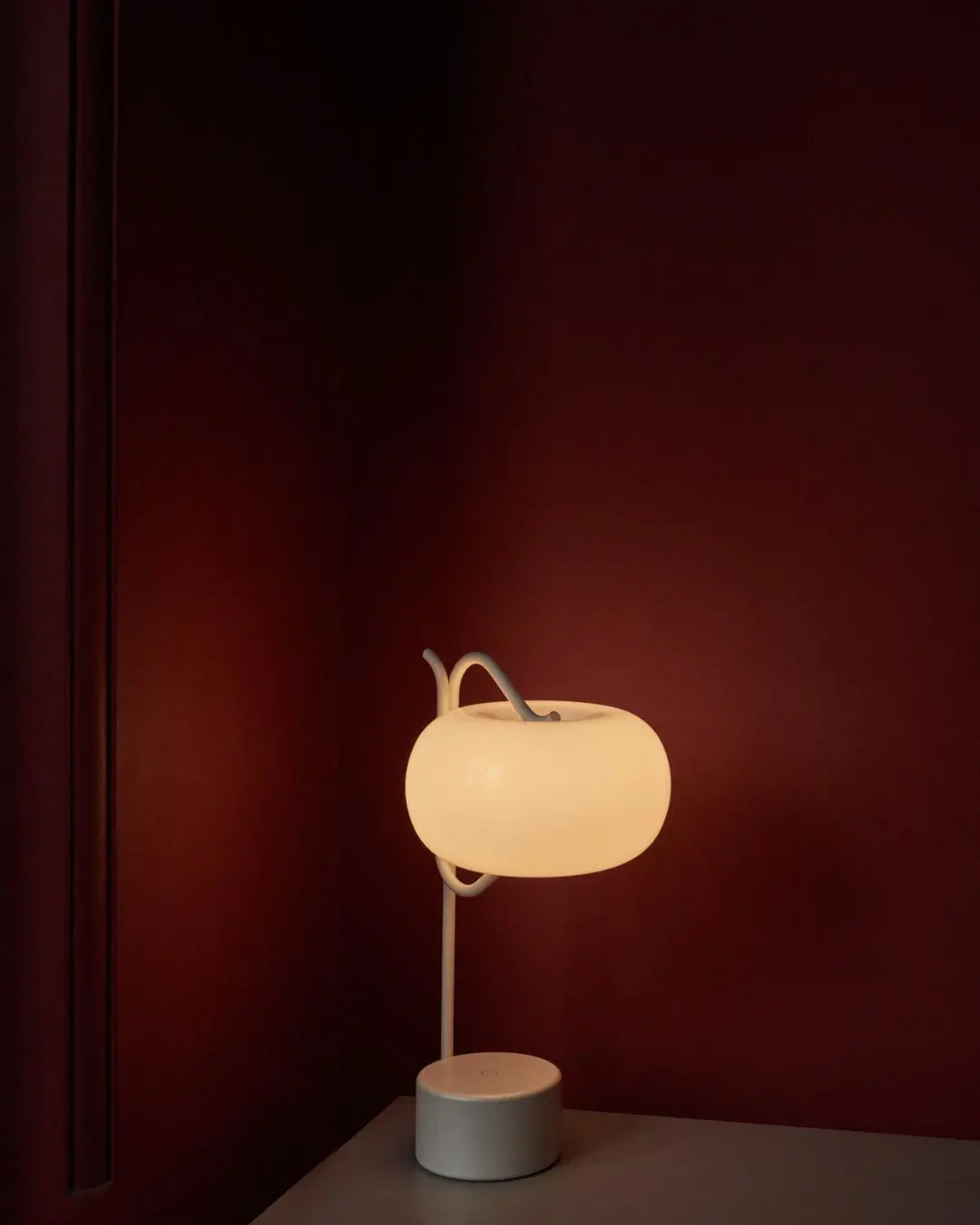
The reality is that conducting research requires the interest and support (sometimes economical) of partners. This is what allows the studio to thrive through experimentation, providing the necessary tools for growth and improvement. Such an approach proves highly effective, particularly when operating from a distance in the design world.
As I mentioned earlier, Jamie Wolfond’s approach is genuinely European, yet he is based in Canada. Consequently, understanding his methods may require some effort and exploration.
Thus, his primary potential clients are mainly based in Europe. Having strong online channels that are consistently fueled by your daily work can make a significant difference. When geographical distance limits face-to-face interactions with industry influencers, transparency about your work creates an invisible bridge connecting your audience to you.

When meeting the Art Director of “A Random Big Company” in a Milanese bar becomes practically impossible, alternative strategies are essential. However, maintaining an online presence alone isn’t sufficient.
As Jamie pointed out to me, it’s crucial to be in the right place at the right time, but this can’t be left to chance. You must strategically position yourself and stay organized. He has attended Milan during Design Week with his prototypes (which, by the way, are impressive pieces), and we both agree that it’s not like the past when you could simply exhibit, meet, and sell.

Nowadays, finding a manufacturer for your ideas is more challenging, but you still need to be present because the connections you make with potential partners in person are invaluable. Not everything you bring to these events will necessarily reach production, but you can certainly begin establishing those connections.
This approach has led him to undertake many noteworthy projects, ranging from curating exhibitions (such as “Slanted/Enchanted” in Toronto at ESP) to participating in exhibitions (like “Flash Set” at Matter) and developing products (my personal favorite being the Y-lamp for Floyd).

Jamie Wolfond and his team provide an excellent example of how to effectively manage a design studio and communicate its essence beyond its physical walls.

